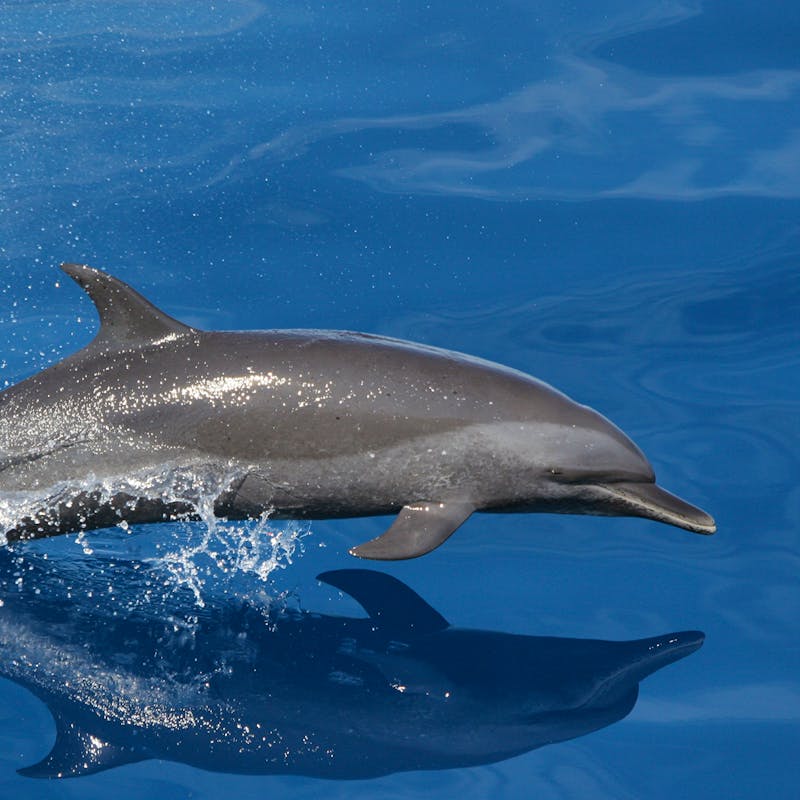Florida Wildlife Corridor Expedition Treks Northwest Florida to Save Wildlands, Working Lands and Wildlife
On January 11, 2015, the Florida Wildlife Corridor Expedition team of photographer Carlton Ward Jr., biologist Joe Guthrie, and conservationist Mallory Lykes Dimmitt reunited to trek more than 700 miles in 70 days from the headwaters of the Everglades in Central Florida to the Gulf Coast, and across the Panhandle to the Alabama border.
This is their second journey tracing the trail of Florida’s wildlife, this time through Northwest Florida. Their first journey was a 1,000-mile trek from the Everglades to the Okefenokee Swamp. Then and now, they are raising awareness about the need to connect, protect and restore the corridors that Florida’s diverse wildlife need to survive. This network of lands and waters provides habitat for 176 species listed as threatened or endangered at the state or federal level. Among them are many species iconic to this region, including whooping crane, Florida panther, West Indian manatee, Gulf sturgeon, and loggerhead, green and leatherback sea turtles.
(story continues below)
Florida’s explosive population growth, and the rapid development over the past 50 years, have dramatically reduced and fragmented the state’s wildlife habitat. As a result, wildlife populations are declining, losing the genetic diversity they need to survive, and in some cases species are even disappearing completely from certain areas. What we need is a network of core wildlife habitats — connected by corridors through forests, agricultural areas and wetlands — that will help Florida’s diverse wildlife thrive, especially wide-ranging species like the Florida panther and Florida black bear.
Though the landscape has become very fragmented, it’s still possible to keep a statewide network of connected habitat. Defenders and the University of Florida’s Center for Landscape Conservation Planning are identifying lands and prioritizing opportunities to protect and restore missing links in the wildlife corridor in Northwest Florida. With funding available from the passage of the Florida Water and Land Conservation constitutional amendment and RESTORE oil-spill fines, Florida has the resources to make real conservation progress. And initiatives like the Wildlife Corridor Expedition are illustrating just what is at stake.
I’m happy to say that Defenders is playing a role in this journey. I advised the Expedition in planning their route, led its public hike for more than 50 enthusiasts in the St. Marks National Wildlife Refuge, and led the team through the swamps of the Bradwell Bay Wilderness Area in Apalachicola National Forest. I am also helping to organize their final public event on March 19 when the Expedition ends at Gulf Islands National Seashore south of Pensacola.
You can follow along as the Expedition highlights longleaf pine forest restoration, the health of the Gulf fishery, and the survival of the Florida black bear and the Florida Panther. The trip will include photography, video, radio reports, daily updates on social media networks, and a host of activities for reporters, landowners, conservationists, politicians and other guests. Check out Florida Wildlife Corridor to learn more.





